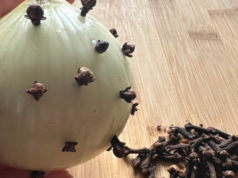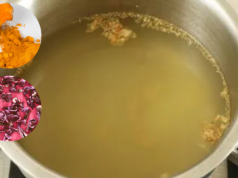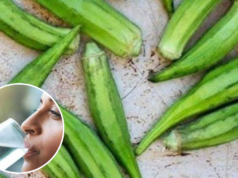How to Grow Pistachios at Home: Your Complete Guide to Planting and Harvesting These Nutty Delights
Ever thought about growing pistachios in your own garden? With a little patience and the right knowledge, you can cultivate this delicious, crunchy treat right at home! Follow this simple step-by-step guide to get started on your pistachio-growing adventure.
🌱 Step 1: Start with Fresh Seeds
To grow pistachios from seed, make sure to choose fresh, untreated, and unroasted seeds. Your best bet is to source them from a reputable supplier, preferably from raw pistachios.
❄️ Step 2: Stratification Process
Pistachio seeds require a cold stratification period to help them germinate properly. Here’s how:
Place your seeds in a bag with moist sand.
Refrigerate the bag for 6-8 weeks.
This simulates the winter conditions that pistachio seeds need to break dormancy and prepare for growth.
🌿 Step 3: Germination
After the cold stratification period, it’s time to plant! Here’s what to do:
Use a well-draining soil mix.
Plant the seeds about 1 inch deep.
Keep the soil moist but avoid waterlogging, and maintain a temperature of around 70°F (21°C).
Germination will take between 4 to 6 weeks.
🌳 Step 4: Transplanting and Growing
Once your seedlings reach 4-6 inches in height, they are ready to be transplanted.
If growing indoors or in a greenhouse, make sure to use large containers with plenty of room for the roots to grow.
Pistachio trees need full sunlight, so choose a spot where they can get 6-8 hours of direct sun each day.
🏡 Step 5: Location and Soil
Location: Find a sunny spot in your garden or patio for your trees. Pistachios thrive in direct sunlight.
Soil: They prefer alkaline, well-draining soil, so mix in organic matter like compost to improve drainage and nutrient availability.
💧 Step 6: Caring for Your Pistachio Tree
Watering: Pistachios are drought-tolerant but need regular watering while they’re young. Avoid overwatering to prevent root rot.
Pruning: Regularly prune dead or diseased branches to keep the tree healthy and ensure good airflow.
Fertilization: Use a balanced fertilizer rich in zinc, as pistachios have a high zinc requirement.
🌸 Step 7: Pollination
Since pistachio trees are dioecious (meaning they have separate male and female trees), you’ll need at least one of each to get nuts. It’s best to plant several trees to increase your chances of having both male and female trees for successful pollination.
🌰 Step 8: Harvesting Your Pistachios
Pistachio trees usually start bearing fruit between the 5th and 7th year. Here’s when and how to harvest:
Harvest when the shells split and turn a reddish-brown color.
Remove the soft outer hulls and allow the nuts to dry in a cool, shaded area for a few days.
🐛 Step 9: Pest and Disease Management
Watch out for pests like aphids and caterpillars, as well as diseases such as botryosphaeria panicle and shoot blight. Use organic pesticides and maintain proper hygiene to keep your trees healthy.
🌿 Conclusion: The Joy of Growing Pistachios
Growing pistachios at home is a rewarding experience that requires patience, dedication, and care. But once you’re able to harvest your own homegrown pistachios, the effort will be well worth it! Whether you’re a beginner or a seasoned gardener, this is a journey you’ll never forget. Happy planting!
🍃 Ready to try growing pistachios at home? Start with fresh seeds and take the first step toward your very own pistachio tree today!









